CULTURAL DISPARITIES IN MENTAL HEALTH SERVICES: A Diversification from Western Biomedical Models of Care
A newly divorced mother of one in her mid-30s is bowed over in prayer before the shrine of a Sikh temple in a large Canadian city. She is entranced, listening to multiple voices that only she can hear. The voices extoll her virtues and comfort her. They tell her that her suffering has led her to this moment of awareness, the awareness that she is on a spiritual journey to become the next Mary-like figure to help suffering women like herself.
She hides these voices from almost everyone but a few family members and a few friends. She hears from God and angels, celebrities, and ancestors. They tell her that a colleague is her spiritual twin soulmate and allow him to speak to her in her mind. She hears from female religious figures or from God. Indian celebrities talk to her about the truth behind whatever scandal the media has accused them of. She knows she has to hide these special conversations; her mission would be compromised if the civil authorities found out. If her community knew, she would be shunned. She tells her best friend, a member of the community about her visions, but the woman simply calls her a ‘witch,’ admitting she does not know what to do with the information. When one of her few confidants outside the community delicately suggests she seek therapy, she denies its efficacy, convinced it would lead her to be locked up in some sort of asylum.
Most of the conversations make her feel special; some scare her. Her physical energy suffers from her busy mind; she struggles to manage herself and her child’s daily needs. She has not purchased furniture for her home, yet she is overspending on take-out and other purchases. Her home is extremely unclean, and she begins to lose patience parenting her daughter. She murmurs to the voices at work and becomes more belligerent with her boss. Eventually, she loses her civil service job.
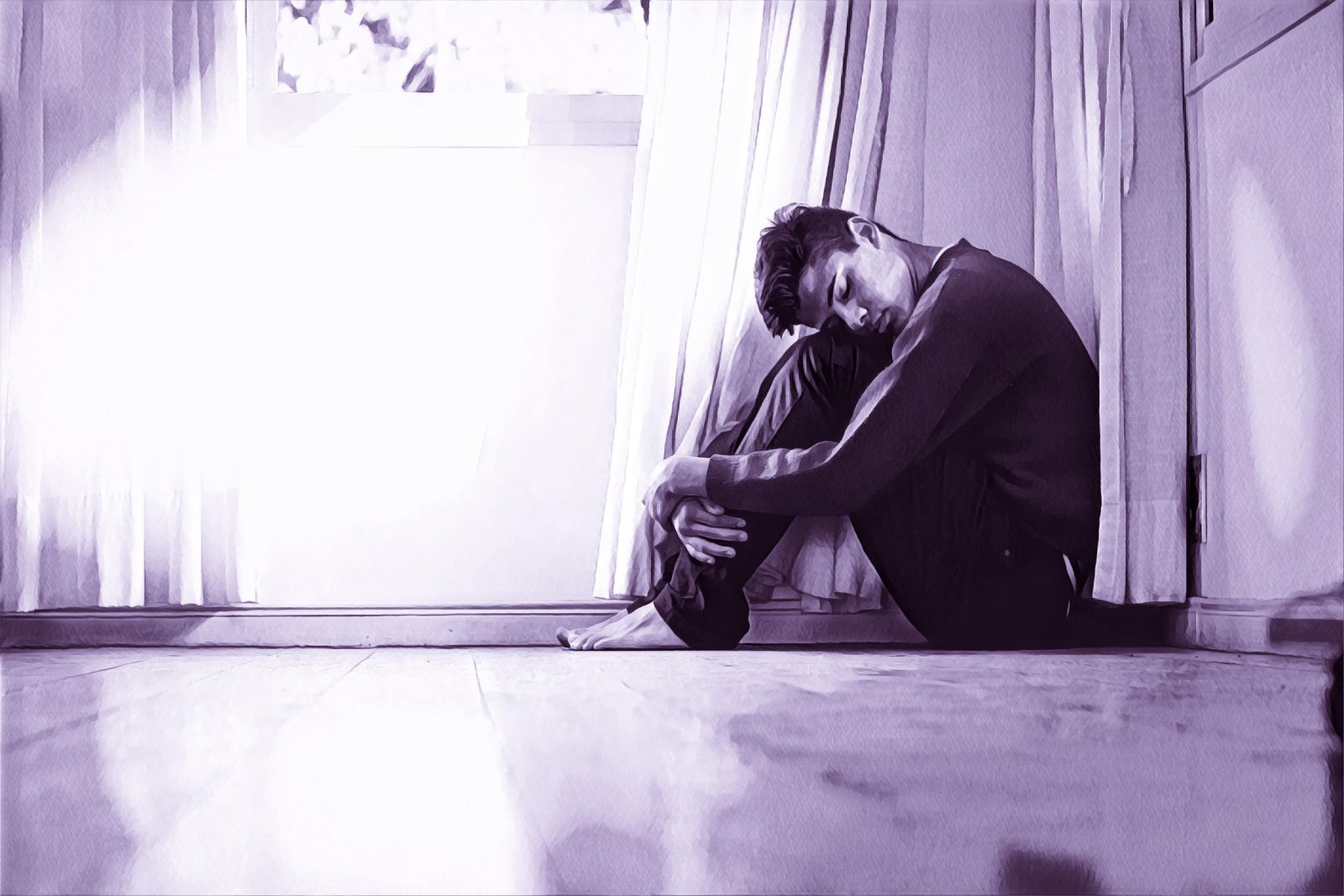
Estimates show that 1 in 5 Canadians will experience mental health illness in their lifetime [1, 2]. Data indicates that in 2011, 20% of the Canadian population (6.2 million people) identified as an ethnic minority, and that this number is expected to reach 33% by 2036 [3]. South Asians are the largest racialized minority population in Canada, at 1.6 million people [4]. Most of this diversity is in major urban centers, where immigrants have settled to find work in the last few decades. Evidence tells us that ethnic minority groups, particularly racialized minorities, face different mental health challenges than the majority white population and are less likely to access mental health services. Canadian federal government census data from 2012, for instance, indicated that the three major racialized groups were significantly less likely than the majority white population to seek treatment for major depressive episodes [4]. Specifically, those who self-identified as Black were 60% less likely; those who self-identified as South Asian were 85% less likely; and those who self-identified as belonging to an East Asian subgroup (Korea, China, Japan) were 74% less likely [4].
Mental health problems cost the Canadian economy 51 billion Canadian dollars a year [1]. Most Canadians are provided with a certain level of taxpayer-funded basic healthcare via their provincial and territorial governments. Government-supported health coverage may require less out-of-pocket expenses for patients than in the health system of the United States, but many types of mental health care services are not covered for most people [5]. Those who can afford services or have additional private health insurance are expected to pay upfront for psychological services (such as psychotherapy and psychiatric medication) and wait for partial reimbursement.
Disproportionately high costs of psychological services may be prohibitive to most people, but no one reason can explain why ethnic minorities are accessing these services less than the white majority population. There are many known social determinants (or risks) of health that prohibit these populations from accessing public health services. These include education and literacy, employment or working conditions, gender, discrimination, migration, personal health practices and coping skills, and physical environments [4]. More recently, such determinants as food security or insecurity, safety from or exposure to victimization or violence, caregiver burden or health of a family member, and parents’ mental health or substance use problems have also been shown to play a significant role [4].
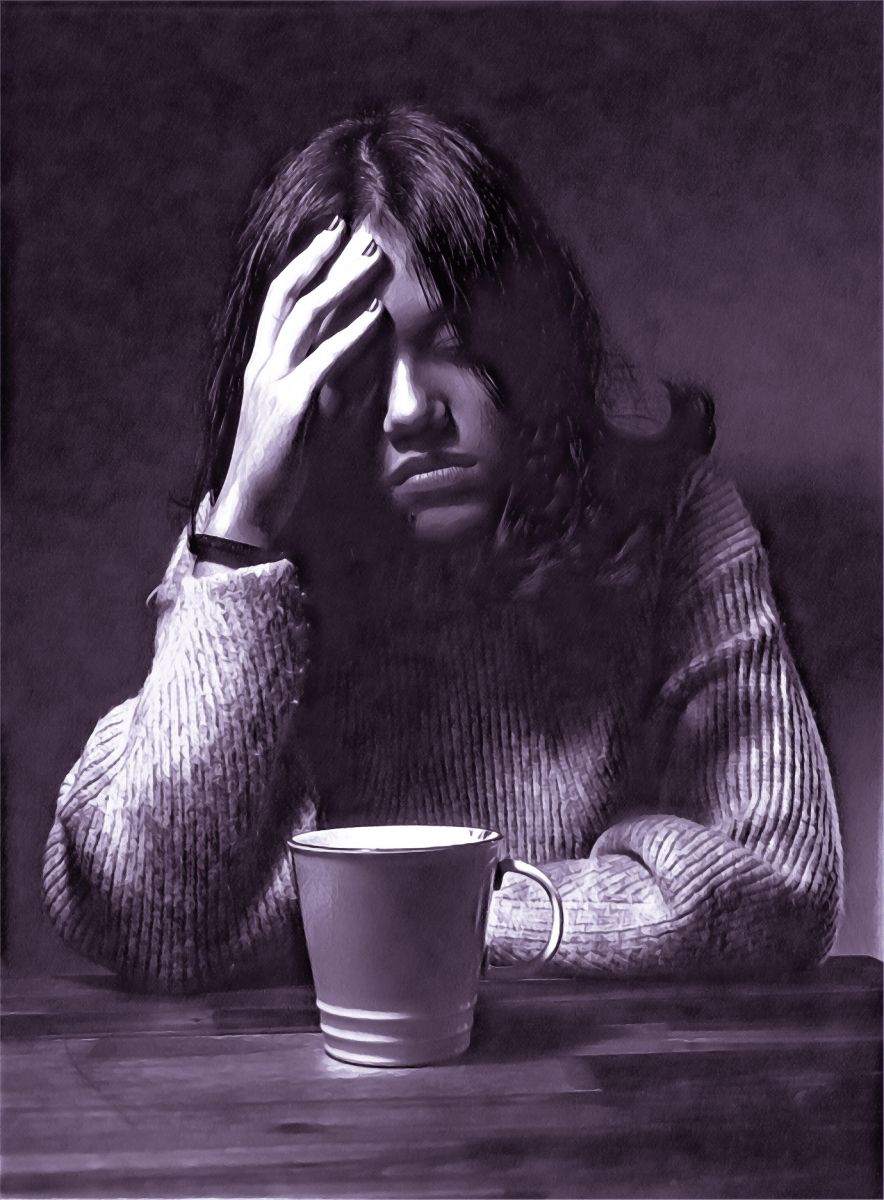
A less visible but key factor limiting access to mental health care is stigma. A person may believe they have a mental health problem but not report it because they fear they or their family will be shamed [4]. Additionally, “some immigrant groups worry that the use of mental health services will change the way they are viewed by Canadian society” [4]. Stigma against Western medical practices within immigrant communities may also lead some to fear of institutional services based on previous experience, and some may fear “that they will be given medication when they prefer psychotherapy” [4].
A person may believe they have a mental health problem but not report it because they fear they or their family will be shamed.
Implicit bias on the part of the provider also significantly limits access to effective treatments for minority populations, particularly disadvantaged and marginalized groups [6, 7]. We cannot take definitions of mental health and wellness for granted, as assumptions of “natural,” fixed categories in biomedicine do not always hold when engaging with patients from different epistemological traditions [8]. We must acknowledge that historical processes have driven the imposition of Western medical concepts of mental health onto other cultures and the dismissal of their own explanatory models of health as inadequate [9].
It can be difficult to find published studies about the perceived success of non-pharmaceutical interventions in psychosis, which often involve long-term treatment. A very small study of several psychiatric patients from the University of West Indies Hospital in Kingston, Jamaica, examined the efficacy of treatment in which the practitioner acknowledged and worked with the patients to derive meaning from their subjective experiences of their illnesses. Two of the three patients selected for intensive study were diagnosed with paranoid schizophrenia, and one was diagnosed with bipolar disorder. According to the authors, many people in Jamaica attribute certain illnesses to beliefs about spirits originating from African religious practice [10]. Western biomedical medicine may be accepted societally but “traditional concepts” are retained “in order to give meaning to their experience” [10]. The study found that patients had a more favorable outlook on the benefits from treatment and services received from traditional practitioners who provided spiritual interventions, rather than from psychiatrists or other biomedical practitioners who “rejected or pathologized their illness explanations.” [10]. The authors remind us of “the importance of practitioners’ awareness of the patients’ experiences both to foster clinical empathy and maintain a focus on the patient as a person” [10]. The patient is the expert [10].
…studies demonstrate that physicians in Western practice who hold onto biomedical explanations in the face of opposing cultural views of the patient impede ‘culturally sensitive practices’.”
If we problematize Western biomedical models of mental health in North America, we must discuss the Diagnostic and Statistical Manual (“DSM”). The DSM, produced by the American Psychiatric Association (APA), has been the standard reference for psychiatric conditions for decades in the United States and Canada. At the same time, the DSM has become increasingly controversial as attitudes about mental health change. Some resent the attempt to classify the complex world of mental illness, and some reject any idea that mental illness is anything but biological, while still others view these classifications as a form of social control for unconventional behavior that society wishes away [11].
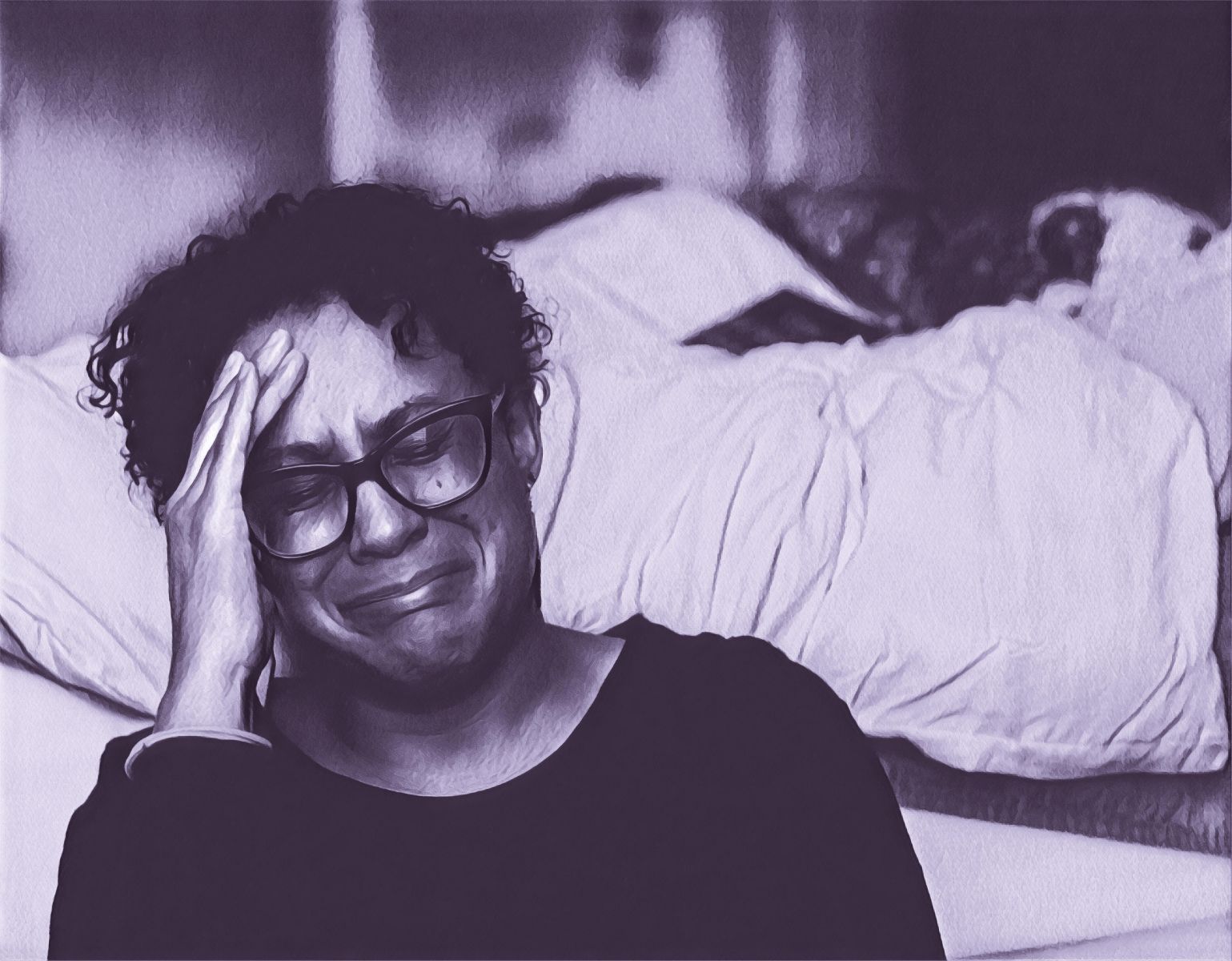
The APA has made efforts to include the patient’s beliefs and culture in the assessment and treatment of mental illness. For example, their Cultural Formulation Interview Tool was developed to provide a semi-structured interview guide based on a person-centered and cultural approach to the patient’s problems [12]. This measure reflects acknowledgement of the need for an increasingly integrated view of psychiatric illness and care in Western medicine. Ultimately, however, attempts to integrate considerations of the role of socio-cultural factors in phenomenology are few with little perceived progress [13, 14].
Encounters within diverse populations, ethnographic scholarship, and cross-cultural studies have generated discourse on how to improve mental health care in Western countries. Arthur Kleinman, a pioneer in the field of clinical medical anthropology, has offered some suggestions for how anthropology can be incorporated into clinical practice. Through fieldwork on cross-cultural healing practices in Taiwan in the 1970s, Kleinman came to understand Western biomedical logic as a cultural bias that he brought to every encounter, just as his informants brought their own belief systems to their treatment processes. His ethnographic study offered a glimpse of folk medicine practices that were effective in healing within their social context, challenging the efficacy and universality of Western biomedical approaches. For instance, when his understanding of anxiety neurosis symptoms, informed by Western biomedical thinking, appeared to be at odds with his patient’s explanation of their symptoms, Kleiman came to realize that the concept of anxiety neurosis was “not an entity but an explanatory model” [15]. Western medicine was too focused on treating illness as a disease, rather than “understanding illness as symbolic networks” [15]. As a result, Kleinman proposed that a patient’s health beliefs must be understood in order to engage effectively with the patient. This concept of medical explanatory models has been pivotal in addressing the mental health needs of minority groups.
Subsequent studies demonstrate that physicians in Western practice who hold onto biomedical explanations in the face of opposing cultural views of the patient impede “culturally sensitive practices” [16]. A study of Māori explanatory models of mental health recognized the stigma of the term ‘schizophrenia’ in terms of how the individual saw themselves, as well as how the wider community saw them. In that study, despite understanding schizophrenia as a term, the respondents did not believe that those they knew who had visions or heard voices were experiencing a medicalized form of illness on Western biomedical terms [9]. Other cross-cultural studies on hallucination in psychotic patients indicate that the content of hallucinations themselves is culturally biased and that in different sociocultural contexts, with different “social expectations” of people and their minds, hearing voices is not necessarily interpreted as a harmful intrusion [17]. If a patient’s explanatory model for their symptoms differs widely from their physician’s beliefs, evidence shows that therapeutic engagement between the two suffers [16]. Moreover, since explanatory models differ between cultures and individuals, the provider has a responsibility to discover and discuss each patient’s views.
Incorporating the patient’s explanations requires listening to their subjective experiences, letting them make sense of their experiences…through their social or cultural model.
So, what about our anecdotal patient? Her immediate ethnic community members believe her condition to be a spiritual matter or attribute it to local Punjabi folkloric traditions. In terms of Western biomedicine, we can speculate that her symptoms might fall into the group of psychotic disorders, possibly a schizophrenia-related disorder or bipolar disorder with psychosis. The DSM-5 defines a psychotic disorder as abnormalities experienced in one or more of the following: disorganized thinking (speech), delusions (false fixed beliefs), hallucinations, grossly disorganized or abnormal motor behavior (including catatonia), and negative symptoms (such as avolition, asociality, diminished emotional expression) [12]. However, we must be careful in using these labels, remembering that terms like ‘schizophrenia’ and ‘depression’ are engraved in our collective consciousness, and, as explained by Scull, “the misery and suffering these terms encapsulate are real and terrifying” [11]. Furthermore, our anecdotal patient risks being stigmatized by members of the local Sikh community if they were to find out that she was considered psychotic by authorities. It would be thought shameful for an outsider to know of her illness, and for her to potentially lose custody of her child.
Our anecdotal patient’s life has already been affected negatively by her current state to the point of threatening her livelihood, causing the possible loss of custody of her child in the divorce, and isolating her from others. Her behavior is considered problematic in a broader Canadian context. There are standardized procedures to follow: she must be persuaded to voluntarily take psychiatric drugs and perhaps attend psychotherapy. If she were an immediate physical threat to herself or others, then the police could be called to escort her to a hospital for an emergency psychiatric assessment, after which she could be held for three days and then let go if she were deemed no longer a threat. There are, however, a few mechanisms that could make treatment more palatable for her.
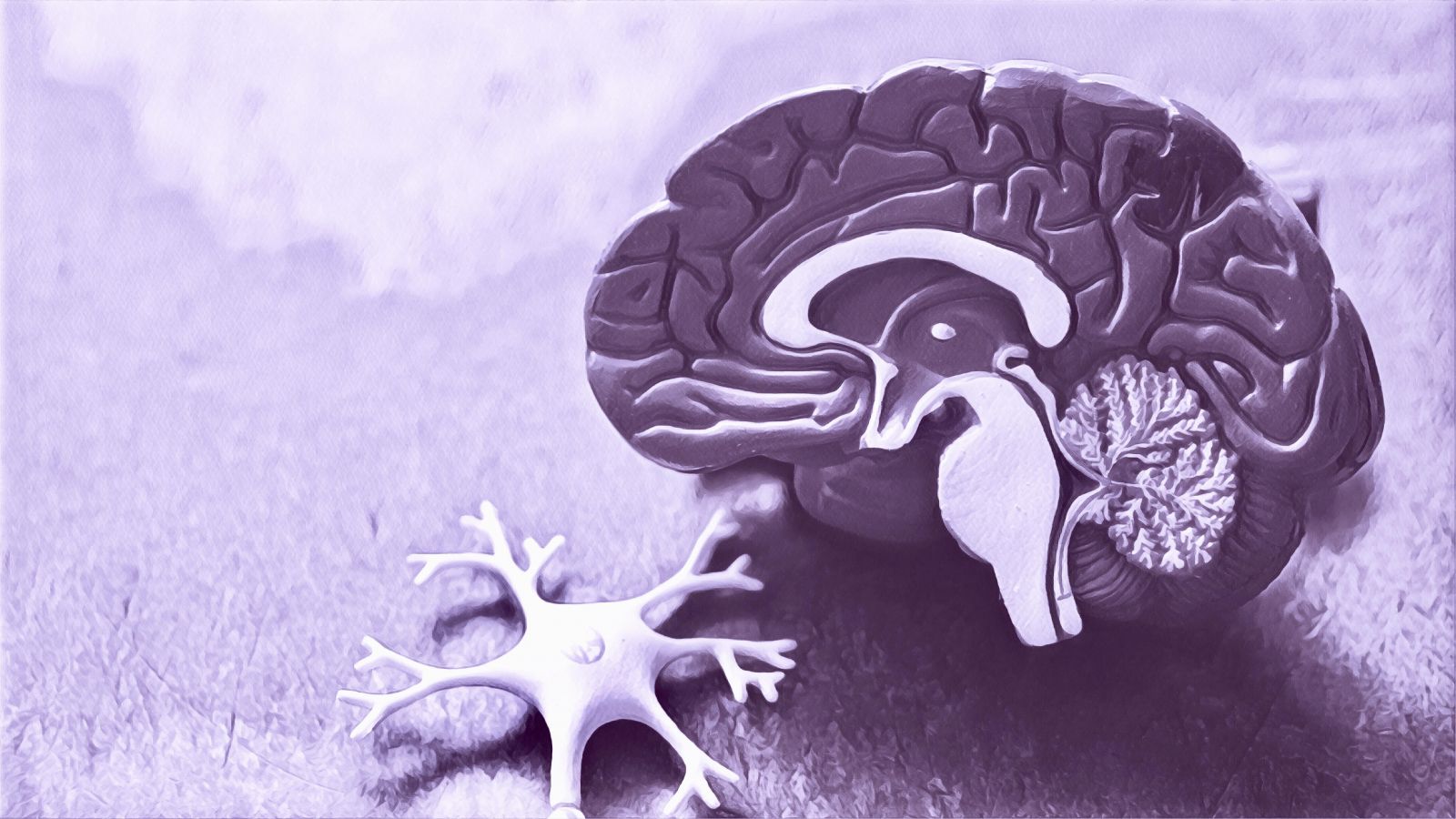
Many emerging studies and strategies have strived to treat mental illness in more holistic and nuanced ways, with emphasis on incorporating explanatory models and personal narrative into each stage of treatment. The Case for Diversity report (2016) to the Mental Health Commission of Canada suggests two leading solutions to bring about what is known as ‘health equity’ [4]. The first of these solutions is to directly address the social determinants of health that negatively impact racialized individuals. The second, which is discussed in this article, is to address the need for culturally sensitive service models built on the needs of diverse populations [4]. In other countries, culturally adapted psychotherapy has been shown to improve incomes for some groups [4]. Specific culturally-adapted treatments for ethnocultural and racialized youth seem to be effective, and in general, developing “stepped or integrated-care pathways adapted for an ethnic group may improve outcomes” [4].
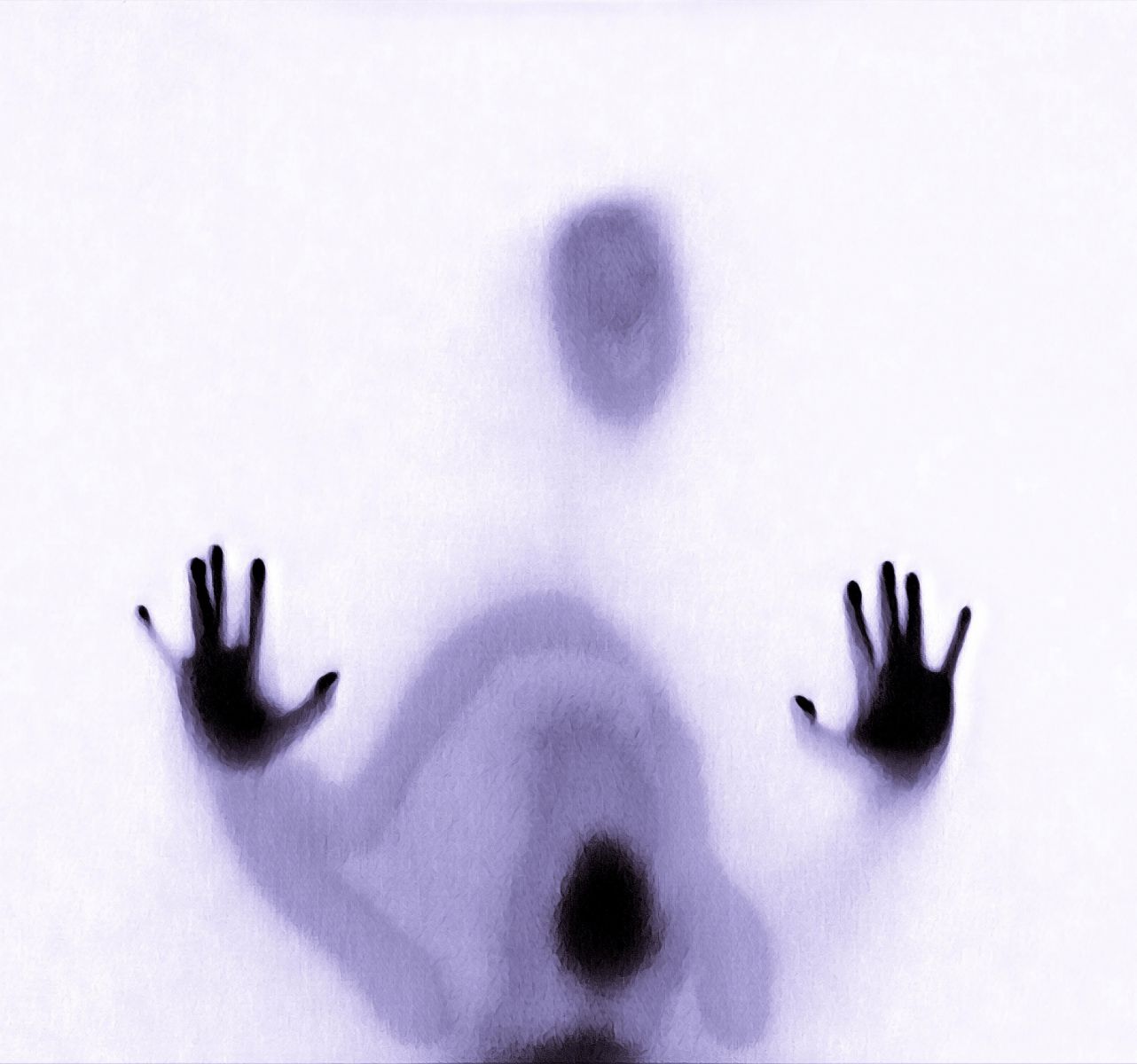
We must also consider that there is a need to incorporate anthropology, and possibly historical studies, in medical training.
Cross-cultural studies and support groups among diverse communities reveal that leaving meaning-making of the voices to the voice-hearer may be a place to start. Perhaps “exploratory dialogue” in “which the person is free to explore which framework is most helpful to them” is the best way to proceed [18]. Incorporating the patient’s explanations requires listening to their subjective experiences, letting them make sense of their experiences, and working with this narrative to better understand the phenomena they are describing through their social or cultural model [9].
Another option to improve access to mental health services while also maintaining cost-effectiveness may be to move forward with a tiered approach to treatment. Most people with mental health problems and illnesses prefer to access services through primary care [19]. This would mean that the majority of patients who present symptoms of mental health distress at the primary or community-care level would be treated at this level, rather than being referred to specialized care, such as seeing a psychiatrist [19]. Data indicates that only a fraction of the estimated 20% of patients who present mental health distress need to be referred beyond primary services to more specialized care, which has longer wait times and is more expensive for taxpayers [19]. Only about 3.5% of affected individuals need specialized care, and only 1.5% need highly specialized or intensive care [19]; this includes approximately 0.5% who have a severe and persistent psychosis requiring lifetime treatment [19].
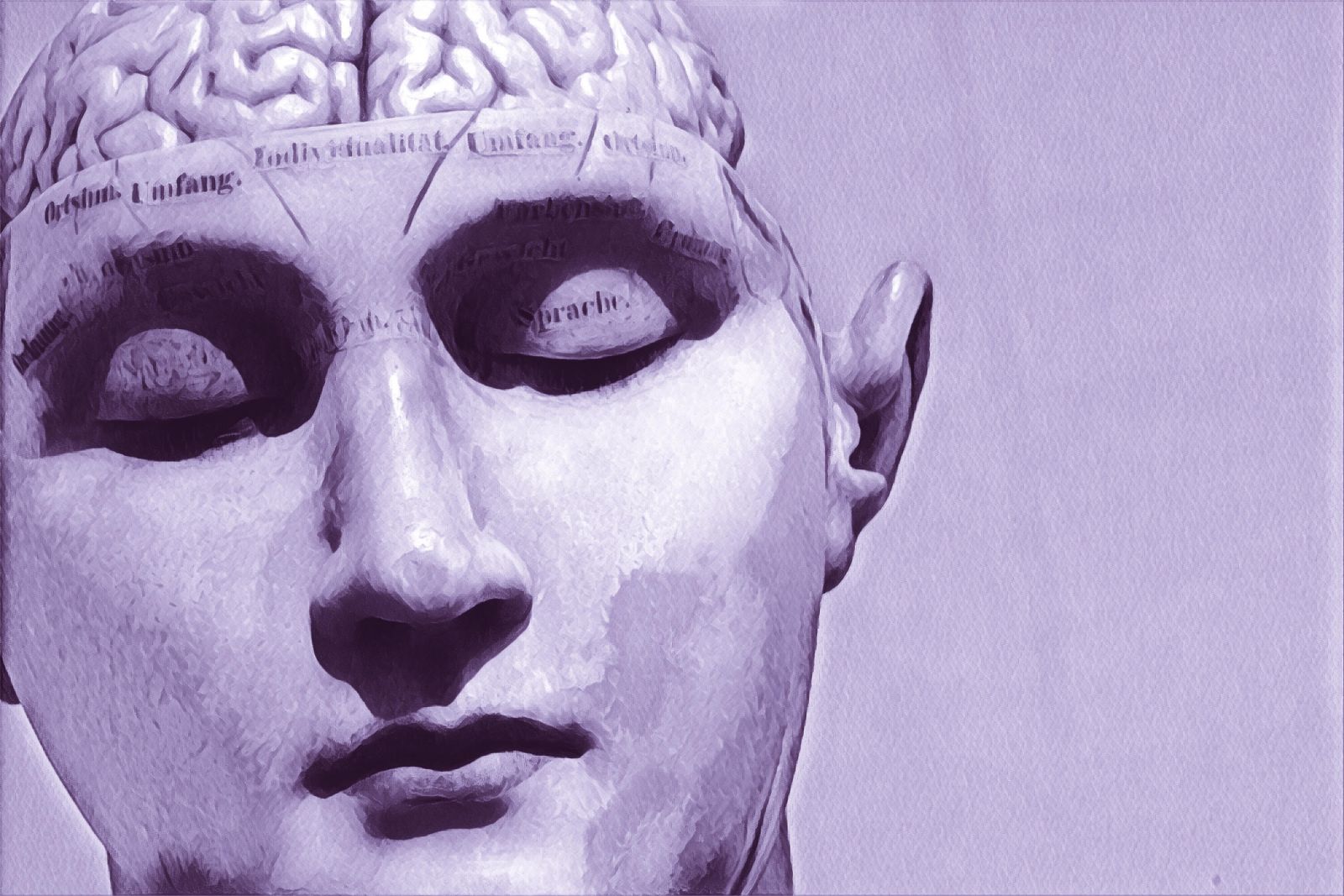
We must also consider that there is a need to incorporate anthropology, and possibly historical studies, in medical training. Faculty from Montreal, primarily at McGill University in Canada, are pioneering new ways of applying medical anthropology to the practice of psychiatry. Many of them practicing psychiatrists themselves, they lead workshops for medical students in anthropological theory and have developed manuals about engaging with cultural diversity for clinical practice. Medical anthropologists use ethnography to better understand their patients’ individual conceptions of their health and realize the importance of personal narrative accounts to a holistic assessment of patients. However, it is important for anthropologists also to remain “multi-sited” so that social scientists do not merely replace one hegemony for another [8]. We must not treat Western medicine as a “monolith,” idealizing or essentializing non-Western traditions because they differ from the models under critique [8]. The same must be avoided for essentializing the behaviors of entire peoples; this is why more studies must be done at the local level of care to best inform practitioners.
As the Western biomedical model of medicine, which has been very successful, continues to morph with our increasingly diverse communities, we can only make it stronger by making it more effective for everyone.
Our anecdotal patient has not yet received the assistance she needs. She is under the watchful eye of a few concerned friends who are aware she simply faces too much to lose if her condition were known. Her own biases against current Canadian mental health services and the stigma she would face in her ethnic community will keep her silent. Her situation may seem hopeless, but as Canada’s diversity increases, and as the Western biomedical model of treatment is confronted with different epistemologies and cultural values, public health services will change as well. Nascent public health movements are targeting larger ethnic communities in major urban centers to provide them with more tailored, culturally appropriate mental health services and outreach. For example, in late 2019, the Centre for Addiction and Mental Health in Toronto, a major institution in the field, announced a federal contribution to the research and development of cognitive behavioral therapies culturally adapted to South Asian Canadians [20]. This is just a start; we still need more research, more funding, more awareness, and more training. As the Western biomedical model of medicine, which has been very successful, continues to morph with our increasingly diverse communities, we can only make it stronger by making it more effective for everyone.
Work Cited:
- Grace, S.L., Tan, Y., Cribbie, R.A., Nguyen, H., Ritvo, P., & Irvine, J. (2016). “The Mental Health Status of Ethnocultural Minorities in Ontario and Their Mental Health Care.” BMC Psychiatry 16(47): 1-10: DOI:10.1186/s12888-016-0759-z.
- Mental Health Commission of Canada. (2013). “Making the Case for Investing in Mental Health in Canada.” https://www.mentalhealthcommission.ca/sites/default/files/2016-06/Investing_in_Mental_Health_FINAL_Version_ENG.pdf.
- Emerson, S.D., Minh, A., & Guhn, M. (2018). “Ethnic Density of Regions and Psychiatric Disorders Among Ethnic Minority Individuals.” International Journal of Social Psychiatry 64(2): 141-155.
- McKenzie, K., Agic, B., Tuck, A., & Antwi, M. (2016). The Case for Diversity: Building the Case to Improve Mental Health Services for Immigrant, Refugee, Ethno-cultural and Racialized Populations (Report to Mental Health Commission of Canada). https://www.mentalhealthcommission.ca/sites/default/files/2016-10/case_for_diversity_oct_2016_eng.pdf.
- Chiu, M., Amartey, A., Wang, X., & Kurdyak, P. (2018). “Ethnic Differences in Mental Health Status and Service Utilization: A Population-Based Study in Ontario, Canada.” The Canadian Journal of Psychiatry 63(7): 481-491. DOI:10.1177/0706743717741061.
- Fiscella, K., & Sanders, M.R. (2016). “Racial and Ethnic Disparities in the Quality of Health Care.” Annual Review of Public Health 37: 375–394. doi:10.1146/annurev-publhealth-032315-021439.
- Merino, Y., Adams, L., & Hall, W.J. (2018). “Implicit Bias and Mental Health Professionals: Priorities and Directions for Research.” Psychiatric Services 69(6): 723–725. doi:10.1176/appi.ps.201700294.
- Lock, M. (2001). “The Tempering of Medical Anthropology: Troubling Natural Categories.” Medical Anthropology Quarterly 15(4): 478-492.
- Taitimu, M., Read, J., & McIntosh, T. (2018). “Nga¯ Whaka¯whitinga (Standing At the Crossroads): How Māori Understand What Western Psychiatry Calls ‘‘Schizophrenia.’’ Transcultural Psychiatry 55(2): 153-177. DOI: 10.1177/1363461518757800.
- James, C.C.A.B., Carpenter, K.A., Peltzer, K., & Weaver, S. (2014). “Valuing Psychiatric Patients’ Stories: Belief in and Use of the Supernatural in the Jamaican Psychiatric Setting.” Transcultural Psychiatry 51(2): 247-263. DOI: 10.1177/1363461513503879.
- Scull, A. (2019). Psychiatry and Its Discontents. Berkeley: University of California Press. Retrieved 27 Jan. 2020, from https://www.degruyter.com/view/product/549031.
- American Psychiatric Association. (2013). Diagnostic and statistical manual of mental disorders: DSM-5. Online. DOI:10.1176/appi.books.9780890425596.
- Bredström, A. (2019). “Culture and Context in Mental Health Diagnosing: Scrutinizing the DSM-5 Revision.” Journal of Medical Humanities 40(3): 347-363. DOI: 10.1007/s10912-017-9501-1.
- Ecks, S. (2016). “The Strange Absence of Things in the ‘Culture’ of the DSM-V.” Canadian Medical Association Journal 188(2): 142-143. DOI:10.1503/cmaj.150268.
- Kleinman, A. (1980). Patients and Healers In The Context of Culture : An Exploration of the Borderland Between Anthropology, Medicine and Psychiatry. Berkeley: University of California.
- Saravanan, B., Jacob, K.S., Johnson, S, Prince, M., Bhugra, D., & David., A.S. (2007). “Belief Models in First Episode Schizophrenia in South India.” Social Psychiatry and Psychiatric Epidemiology 42: 446-451.
- Lurhmann, T.M., Padmavati, R., Tharoor, H., & Osei, A. (2015). “Differences in Voice-Hearing Experiences of People with Psychosis in the USA, India and Ghana: Interview-Based Study.” British Journal of Psychiatry 206: 41-44. DOI:10.1192/bjp.bp.113.139048.
- McCarthy-Jones, S., Waegeli, A., & Watkins, J. (2013). “Spirituality and Hearing Voices: Considering the Relation.” Psychosis 5(3): 247-258. DOI:10.1080/17522439.2013.831945.
- Mental Health Commission of Canada. (March 2017). “Strengthening the Case for Investing in Canada’s Mental Health System: Economic Considerations.” https://www.mentalhealthcommission.ca/sites/default/files/2017-03/case_for_investment_eng.pdf.
- Centre for Addiction and Mental Health. (2019). CAMH To Create New Mental Health Supports for South Asian Communities [Press release]. Retrieved from https://www.camh.ca/en/camh-news-and-stories/camh-to-create-new-mental-health-supports-for-south-asian-communities.